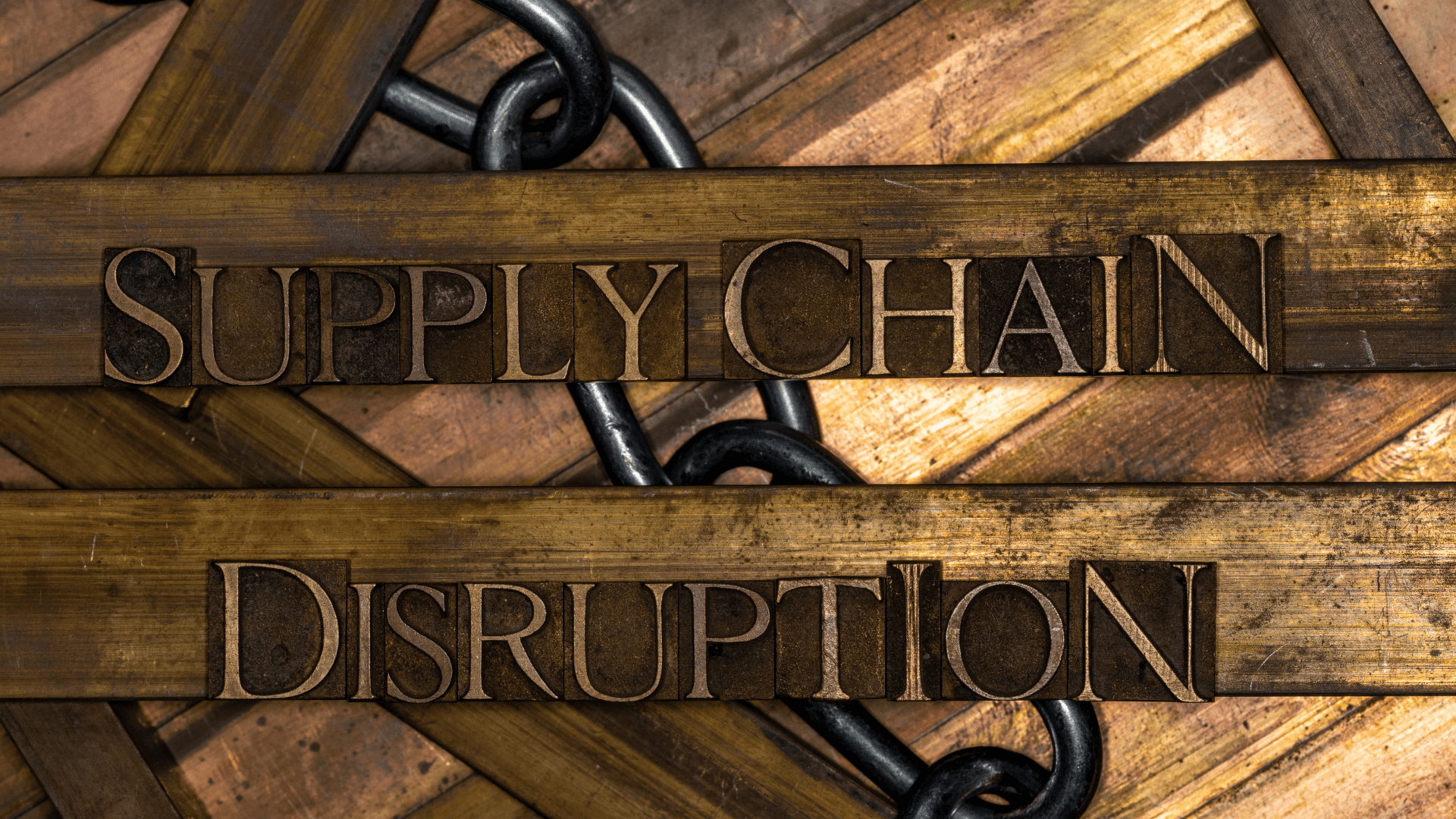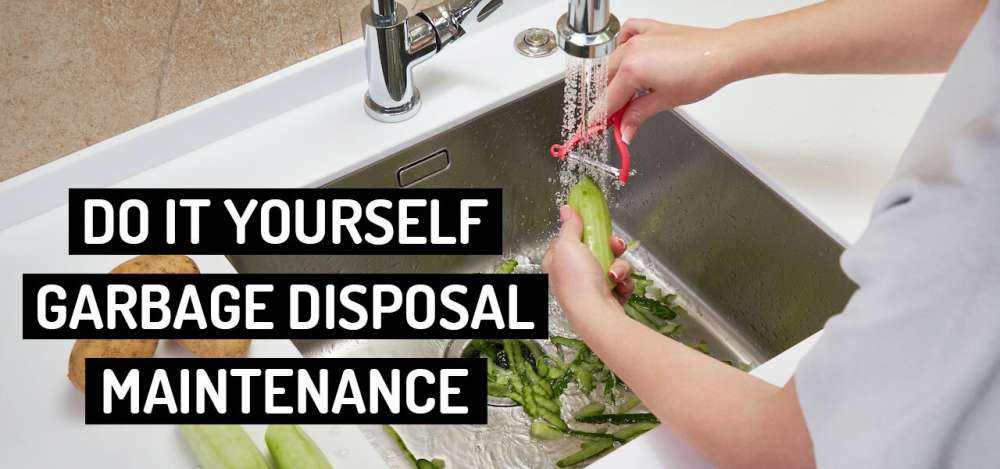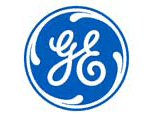Nick’s Plumbing & Air Conditioning has been working diligently since the first days of the Covid-19 pandemic to minimize virus transmission among our staff. As a home services business, our commitment to maintaining the health and wellbeing of our team goes hand-in-hand with our ability to protect your family as well. With our masks, gloves, and shoe coverings in place, Nick’s has been at the ready, prepared to tackle any HVAC issues, from simple maintenance to full HVAC system installations.
With that said, nothing is more frustrating to any home or commercial services company than the inability to provide their customers with the equipment and services they need. That frustration becomes more palpable when the cause of this inability is a situation that is entirely beyond our control.
Over the last several months, Nick’s Plumbing & Air Conditioning has been experiencing a shortage of products and personnel. In fact, if you’re reading this and want to work for Nick’s, take a look at our career page for openings in HVAC, plumbing, customer service, and warehouse personnel.
We couldn’t possibly have predicted, or prepared for, the worldwide product shortage that has occurred. In what can only be described as a “perfect storm of yuck,” the pandemic has created a cascade of supply chain issues that have left store shelves, fuel tanks, and warehouses emptier than Mother Hubbard’s cupboards.
What is Causing the HVAC Equipment (and Everything Else) Shortage?
The events of the last year and a half would make for a great movie plot if it weren’t our new reality. During the first weeks of the Covid-19 pandemic, we saw the first signs of trouble when toilet paper supplies, antibacterial soaps, and disinfectant cleaning products dried up across the country. Some stores were without bottled water, face masks, and latex gloves for months.
There was a run on just about everything, and with the resulting shortages, the first weak links in our supply chain were revealed.
The most difficult items to obtain are water heaters and air conditioning units at the time of writing. Since many raw materials used in these appliances are imported from other countries, most supplies of these materials have been disrupted due to Covid-19 issues. The lack of materials increases the length of time it will take for the industry to catch up to the currently uneven supply-and-demand situation.
It’s probably safe to assume that the gap between product availability and the increasing public demand for these items will widen before it has a chance to improve. Here’s a look at some of the significant challenges every business has faced during the last 18 months.
- January 2020 – Present Day: Covid-19 Pandemic
First, many manufacturing businesses that employ hundreds or even thousands of people decided to shut down in the early part of the pandemic. The basis for the shutdown was to prevent the further spread of the virus and keep employees healthy for when operations could resume. It was around this time that transmission of Covid peaked, and what began as a two-week shutdown to “slow the spread” of the virus turned into months without restaurants, theaters, gyms, or visits to the factory, the office, or visits anywhere, for that matter.
Second, with no one staffing factories for most of the last summer, inventory sold to local HVAC companies could not be replenished. When factories re-opened, it was always with a much smaller staff; while most of the absences were due to CDC restrictions, many others opted out of the workforce altogether to remain home with their families. With manufacturers unable to staff factories, warehouses, and trucking pools adequately, a ripple effect across the entire HVAC industry was created.
Third, an unforeseen housing boom occurred during the pandemic, and the construction of new homes means a need for new appliances. This increase in the installation of new appliances means fewer appliances are available to local, family-owned business that don’t buy in bulk, as builders do.
- February 11 – 17, 2021: Texas Deep Freeze
For the first time in recorded history, the entire state of Texas was frozen. When temperatures dove down into the teens and even single digits for several days, power and natural gas service was disrupted, and anything not already shut down by the pandemic came grinding to a halt as well. Much of the state went without power, natural gas, and water during the winter storm, resulting in deaths from hypothermia and carbon monoxide poisonings in people just trying to keep warm.
As a result of the “snowpocalypse,” many Houston area homes experienced the joy and wonder of frozen pipes and witnessed what they do when they thaw. Many tank-type water heaters froze, expanded, melted, and leaked without electricity or gas service, often causing thousands of dollars in additional damages. While the supply of pipes remained intact, water heaters became harder to find as everybody seemed to be replacing them simultaneously.
- February 14, 2021: Roof Collapse at the Trane® Technologies Factory
One of Texas’s leading HVAC manufacturing companies found itself knocked a bit off course during the winter storm. In Tyler, TX, Trane Technologies suffered significant damage to one of its factories. A roof collapse at an assembly plant, caused by ice and snow buildup, completely shut down their operations for a time, leading to a lengthy backorder list. Trane® is one of Nick’s Air Conditioning featured brands, and we’re currently working through this equipment shortage with them.
Even though Trane had its operations back up and running by mid-March, the effects of other supply chain issues would continue to hinder their recovery.
- March 19, 2021: Renesas Plant Fire, Tokyo, Japan
Things were almost too perfect for the global electronics industry at the start of the pandemic. When home-schooling mandates for the kids began, many parents found themselves needing to work from home as well, creating unsurpassed demand for laptop computers, smart tablets, and video gaming systems. All these devices use semiconductors; those tiny little silicon chips are used to control just about everything electronic. As the pandemic took off, the increased need for these semiconductors reached an all-time high.
When the Renesas Plant Near Tokyo caught fire in March, it led to the complete shutdown of microchip production at the world’s largest semiconductor factory for more than a month. Roughly 6,500 square feet of the factory floor was destroyed, consisting primarily of clean rooms and laboratories. It was estimated that it would be anywhere between 90 – 120 days before any production would resume.
Semiconductor chips are used to control electrical operations in water heaters, furnaces, thermostats, smart showers, and faucets.
- March 23, 2021: Suez Canal Blockage
For this occasion, injury accompanied insult into Egypt when a 1,200-foot-long container ship got itself lodged across the width of the Suez Canal. It took close to a week for the collective governments of Egypt, Japan, Italy, and the Netherlands to deploy tugboats and other equipment to free the massive vessel. By the time the ship was towed out of the way, nearly 400 cargo ships carrying more than $100 billion in cargo were waiting to offload north and south of the port.
Following several days of dredging sand from beneath the freighter, and after removing 9,000 tons of water ballast and fuel, the ship was eventually righted and towed to Great Bitter Lake. It is estimated the overall cost of the nearly one-week shutdown of the canal exceeded $200,000,000, along with the disruption of delivery of $9 billion worth of goods per day. As a result of the Suez Canal incident, many industries have been impacted by price hikes in a quest to recoup revenues lost during the blockage.
What Does This All Mean to the Average Homeowner?
Eighteen months after the declaration of Covid-19 as a global pandemic, we’re all eager to return to a semblance of pre-pandemic normalcy. Before mask mandates and the availability of vaccines, many folks were reluctant to have service companies visit their home. This trepidation led to many families putting off necessary maintenance, repairs, or replacement of HVAC components and systems. Right now, that lack of attention is catching up to Houston’s air conditioning systems, as we find ourselves inundated with requests for HVAC repair and installation. The HVAC industry refers to this as a mismatch of supply and demand.
Starting with the global pandemic that has shut down everything from the White House to your house, we’ve witnessed a lot of changes to our everyday lives. As we near the end of 2021, we realize that things haven’t gotten quite back to normal across the country. So many of us have become a little spoiled. We’ve gotten used to the instant gratification of online shopping with next-day delivery, and we’re certainly not used to hearing phrases like “out of stock” or “back-ordered.” We may find that it takes a bit longer than expected before the supply is caught up to demand.
The coronavirus will have long-lasting—perhaps permanent—effects on manufacturing organizations, forcing companies to restructure their operations to maintain production while protecting their workers. The coming weeks and months will remain highly challenging for plant leaders, but the crisis also creates an opportunity to reimagine how work is done. By accelerating the adoption of new digital technologies and by drawing on the flexibility and creativity of their frontline staff, companies have the opportunity to emerge from the crisis with manufacturing operations that are safer, more productive, and more resilient.

























